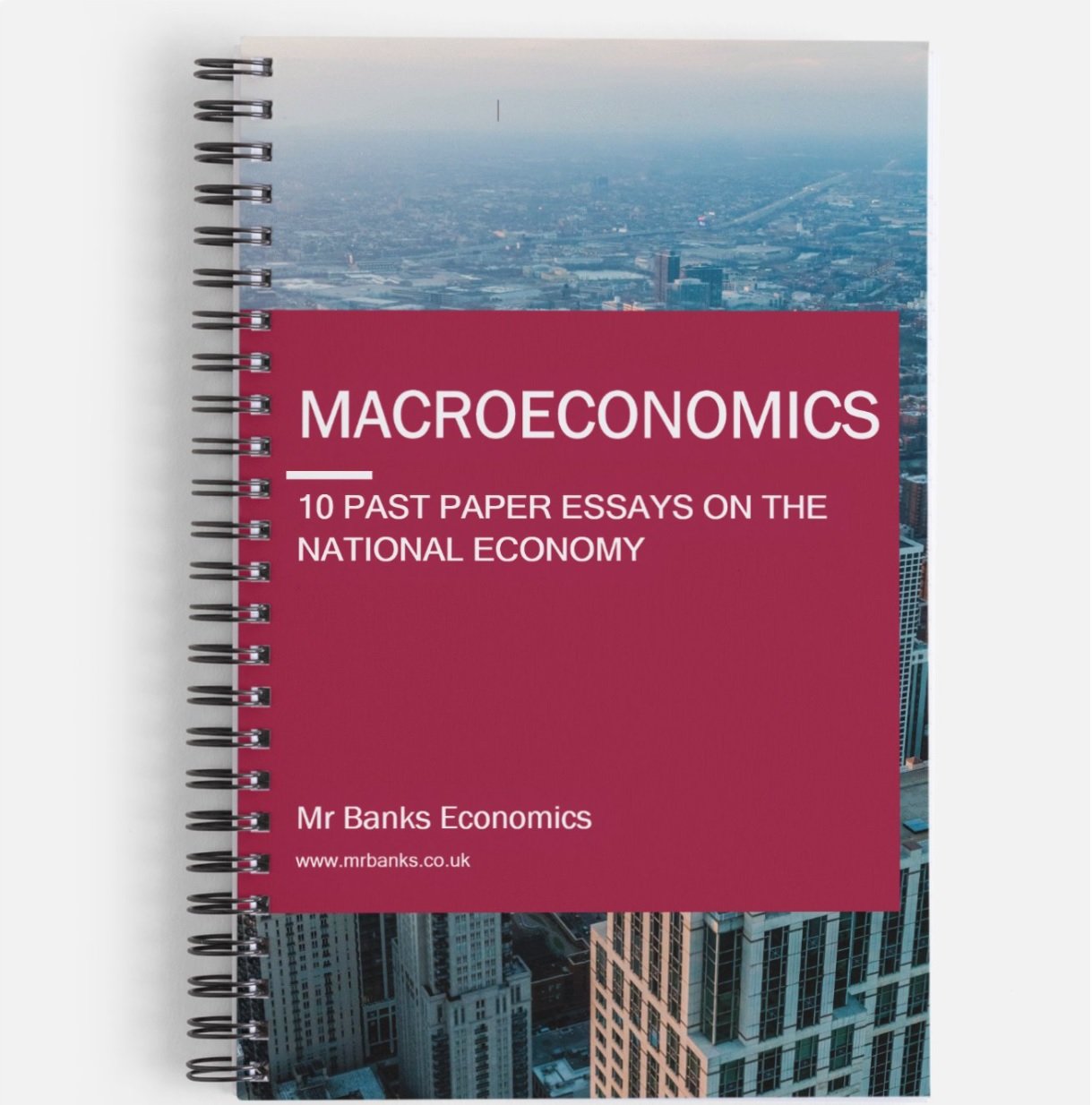Fiscal Policy | Model Answer
A-level Economics
“Explain two ways in which fiscal measures can influence the pattern of economic activity.”
Here is a question and answer from the markets and national economy section of the A-level Economics syllabus.
This question is an ‘explain’ question - the type of question where students have to showcase their knowledge. This question shows the examiner that ‘you know your stuff’.
You have to ensure you try very hard with these questions because answering without enough detail can lead to precious lost marks.
Explain two ways in which fiscal measures can influence the pattern of economic activity.
The question asks you to give 2 ways why fiscal policy can influence economic activity. You will need to structure this properly, never forgetting to stick to the question be asked. Remember to insert your diagram!
THE FREE ESSAY PLAN BELOW CAN BE USED AS A GUIDE TO HELP YOU WRITE YOUR RESPONSE.
Essay Plan
Possible Definitions
Fiscal policy
Fiscal policy can be regarded as a demand-side policy but in some cases a supply-side policy too. Fiscal policy can be used to influence economic activity. Fiscal policy is a policy which manages government taxes and government spending to manipulate the macroeconomy.
Economic activity (explain with economic cycle diagram e.g. boom/bust/recession/recovery
Reason 1: Demand-side influences
Fiscal policy can influence the demand-side of the economy.
The use of taxes and government spending to control the position of the budget.
Give an example e.g. lowering corporation taxes in a bust period - how could that change economic activity?
How does expansionary fiscal policy affect confidence levels?
Relate this to the economic cycle diagram
Reason 2: Supply-side influences
The difference between fiscal supply-side vs demand-side
How would this influence the economic cycle diagram
Why would supply-side investment be important and what benefit would it have to the boom/bust cycle?
Give an example of fiscal supply-side spending e.g. infrastructure
How can this affect potential output and average costs?
How does this benefit the macroeconomy and in particular, any specific sectors?
IF YOU WANT GOOD GRADES FAST, BUY THESE BOOKS!
MACROECONOMICS MODEL ANSWER BOOK
10 Past Papers with Model Answers on the National Economy
Written by an experienced Economics tutor
Full model answers with diagrams
Suitable for all UK Economics exam boards
Physical booklet
£30.00
MICROECONOMICS MODEL ANSWER BOOK
10 Past Papers with Model Answers on Market Failure
Written by an experienced Economics tutor
Full model answers with diagrams
Suitable for all UK Economics exam boards
Physical booklet
£30.00



